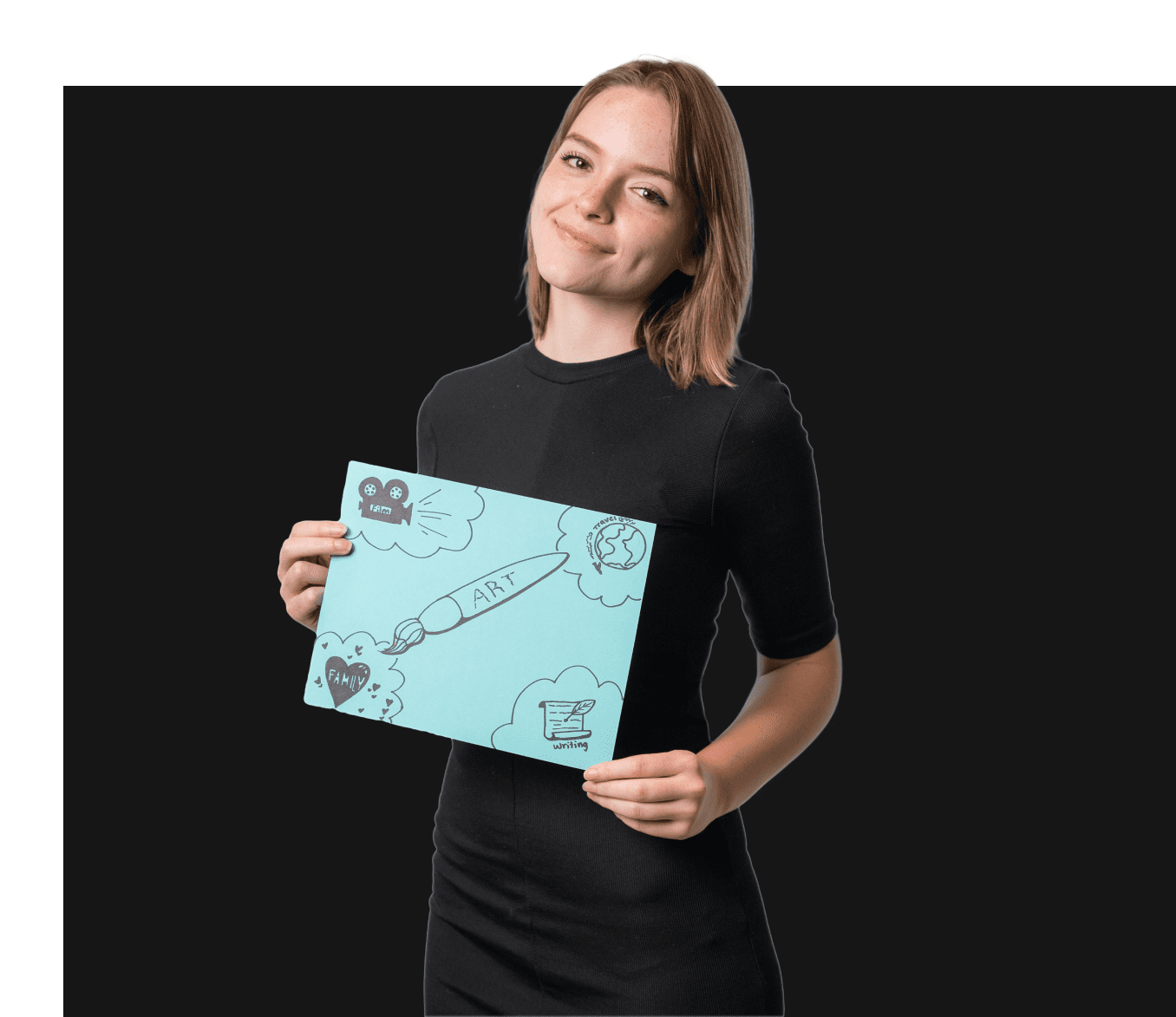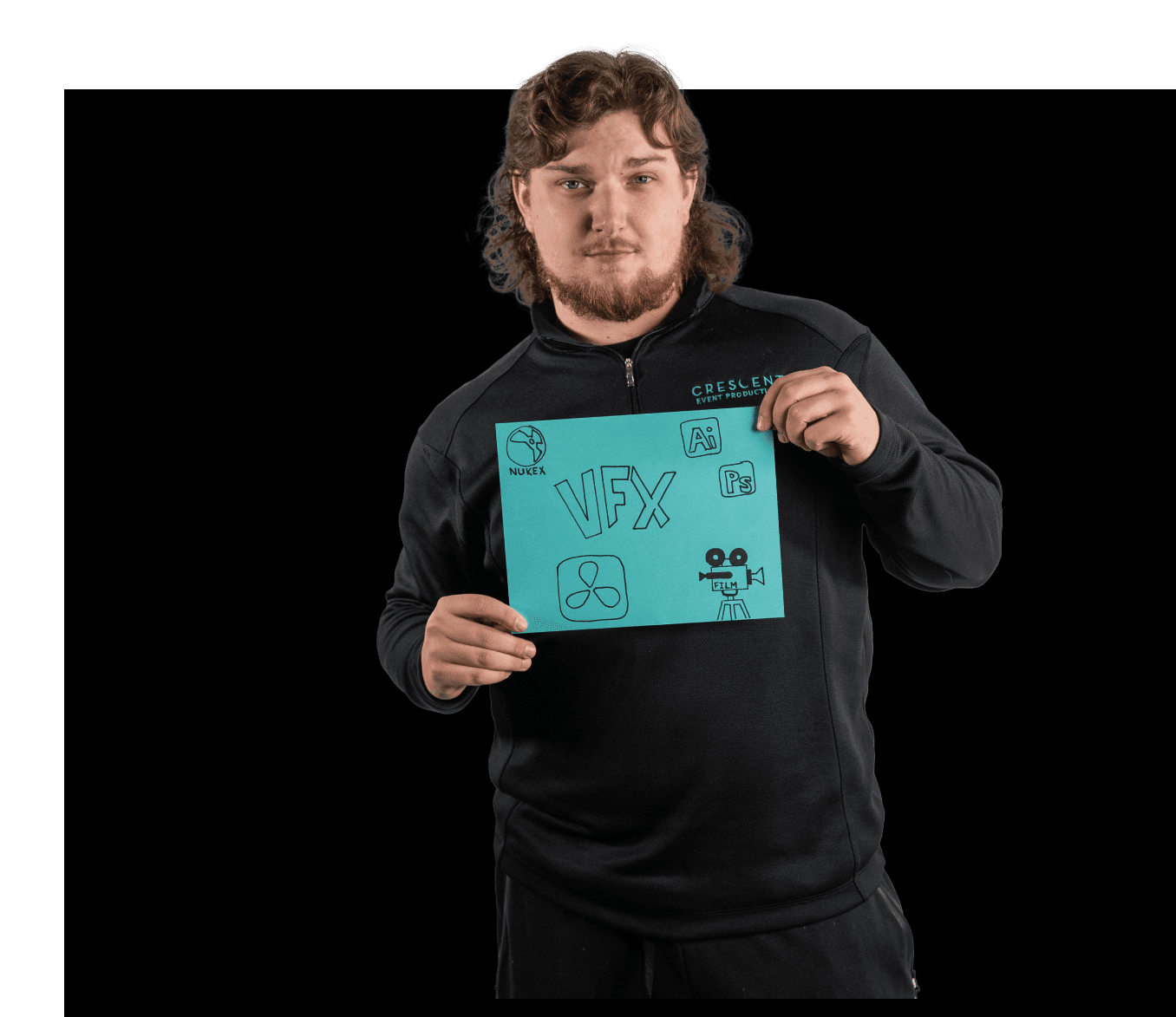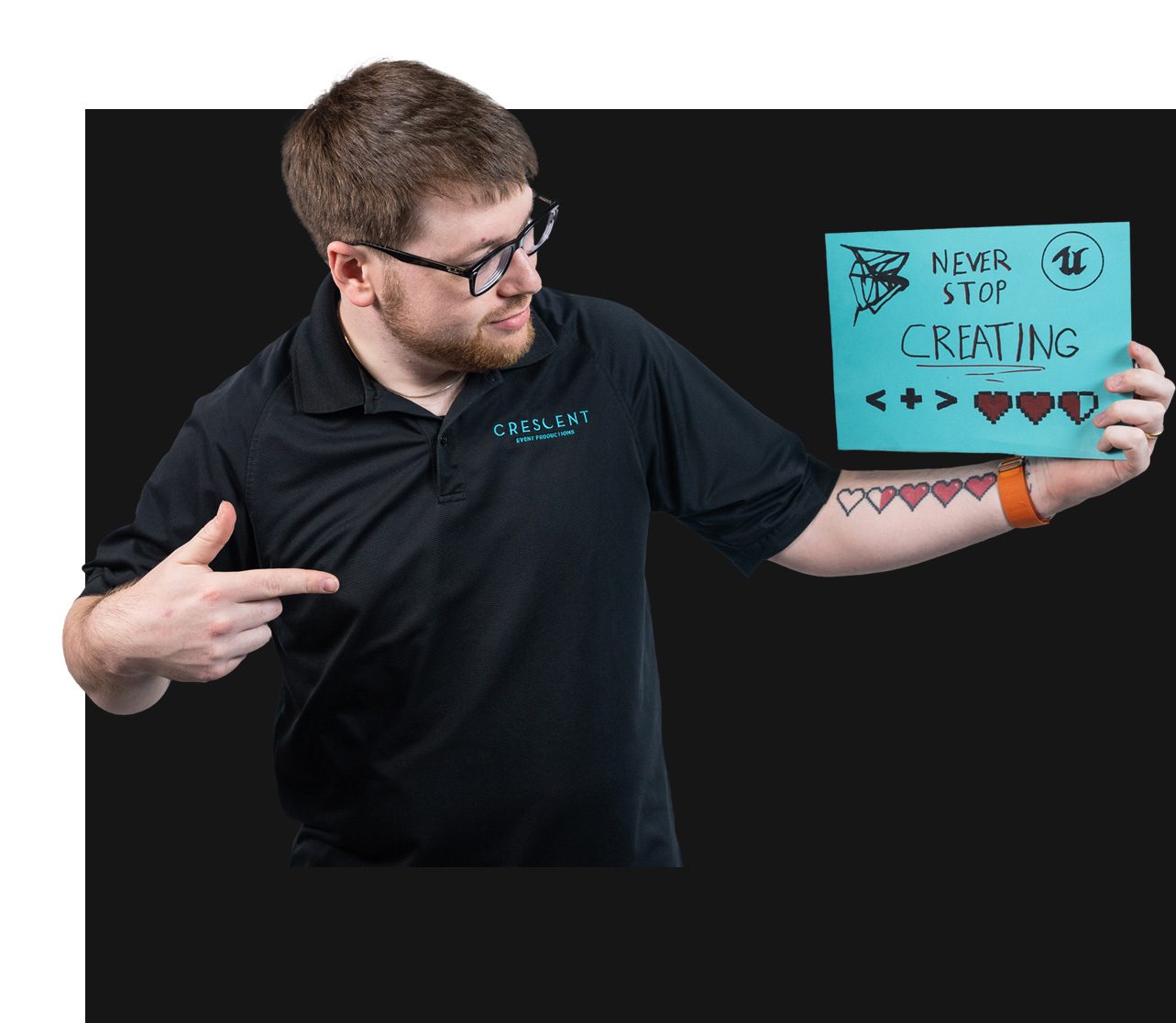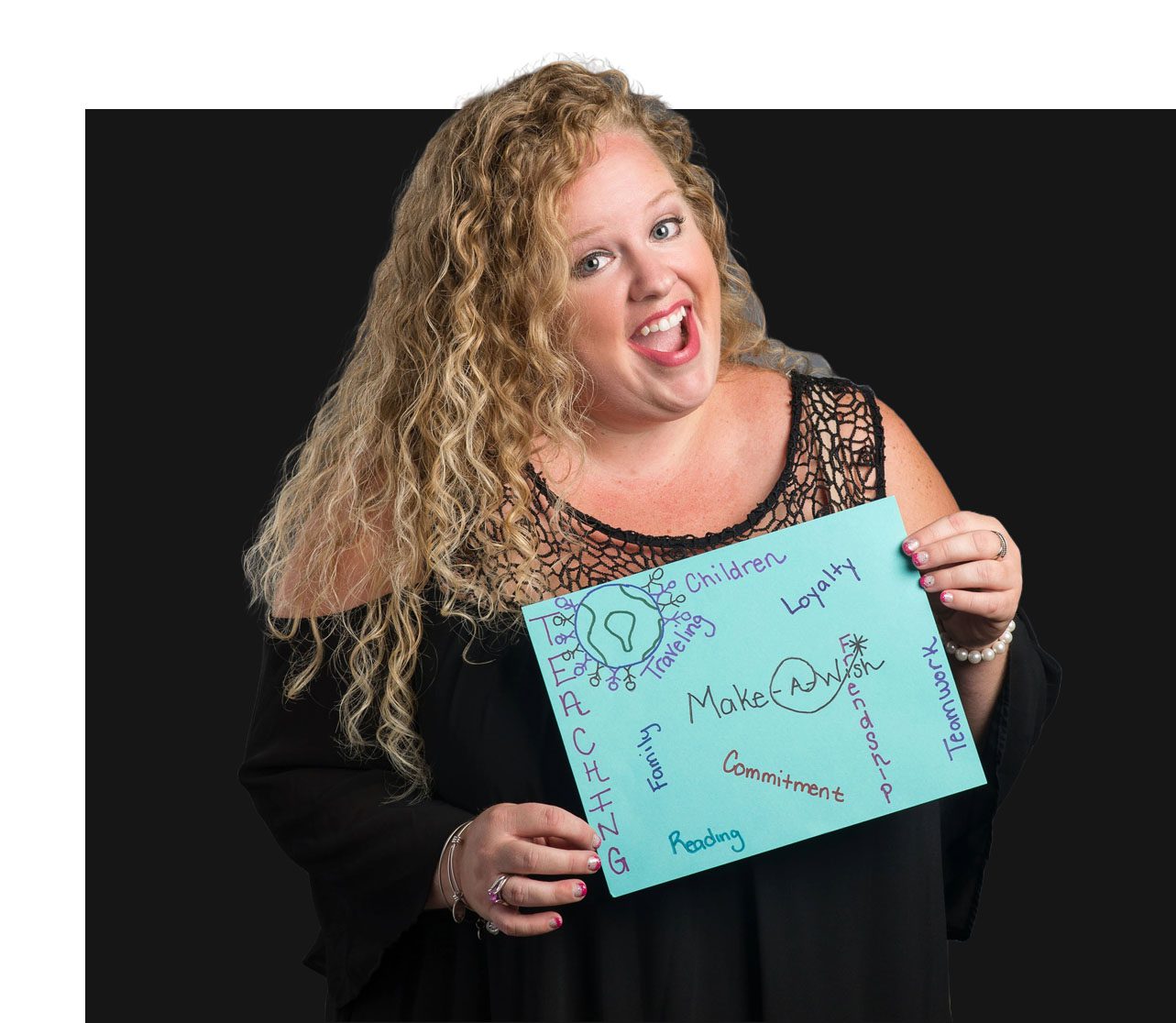Book your free Virtual Expo Engagement consulting call
Video Transcription
Lara McCulloch:
So you may be watching right now because like many other people hybrid events are weighing on your mind. And there are some serious concerns about how to ensure event planners feel clear and confident about a plan to deal with this new world events, one where live and online attendees coexist and collaborate.
So I’m here with Christopher Gerhard, who’s the president of Crescent Event Productions, an audio visual agency who’s the spent the last 30 years helping North America’s leading organizations increase revenue through flawlessly built, live virtual and hybrid events. And this past year, in addition to years and years of successful live events, his company has produced virtual events for the likes of Grant Cardone, and Eric Worre, and Pete Vargas, and Selected Independent Funeral Homes, and a host of other businesses and individuals, including one of the most well-known self-help gurus in the world. And they’ve generated over 150 million in revenue for customers, serviced over 250,000 attendees, and saved their clients on average 50% off their production costs versus their previous live events while increasing revenue and attendance. So welcome, Chris.
Christopher Gerhart:
Thank you. Thank you. It’s great to be here and thank you for that introduction.
Lara McCulloch:
Well, I know you spent a lot of time thinking about what’s next for event planners, as we transition from virtual only events to being able to meet in person. Do you want to share with us a model that you’ve developed to help planners create an actionable plan to have a safe, secure, and successful hybrid event?
Christopher Gerhart:
Absolutely. Yeah, that’d be great. First of all, thank you for having me. This is awesome. So just to kind of look back at what you just said. I think what we’re seeing in the industry in the marketplace is, you have a ton of planners out there who have years of experience in the live event space. And then in an instant, they had to figure out this virtual, relatively an instant, over the course of a few weeks, a few months, whatever the case was. COVID hits, we go into lockdowns, virtual events are it. You can’t have mass gatherings more than 10 people and who could run an event with 10 people. So these planners have all had to massively shift into virtual, and now they’re looking at how do we come back to live?
Some planners are just basically saying, “Look, I’m going to stick with virtual until I can go full live.” Right? Others are saying, “I’m willing to take some risks and maybe do things with an eye toward safety, but I’m just going to go full live and scrap the hybrid concept.” And others are looking at, which is really kind of the focus of this model, is how do we become a hybrid event expert?
And I think that that’s really… There are a few overarching things to look at when almost trying build yourself into a hybrid event expert that, when focused on properly, can help you safely, confidently, profitably execute a hybrid event. So, I’m going to share my screen real quick and kind of lay this model out. And I’m doing this from an iPad, so forgive me if you feel like you’re looking at the side of my face here. Let’s see what we got. Cool. All right.
So, as I mentioned, your goal here is to become a hybrid event expert. Let’s draw this model out. It’s, hopefully, nice and clean, although my handwriting’s terrible. So, I will apologize for that in advance. Your goal is to be a hybrid expert. Goal is to become a hybrid expert. And in the conversations we’ve had with our customers, and some market research we’ve done, we’ve come up with really three overarching themes that are of most concern to planners that we interact with, whether they’re clients, prospective clients, again, some market research we’ve done.
The three most prominent concerns we see are a lack of excitement and uncertainty related to hybrid. And again, it’s kind of a lack of excitement that comes from the uncertainty. But it’s just a daunting task, right? I just reinvented myself as a virtual event expert, and now I’m having to go through this hybrid event expert. And it’s not the same as just doing a live event and streaming it. We’ve done that for years. It’s more involved than that, right? So, it creates some anxiety.
And obviously when your goals here is to become excited about it and want to do it.And I think that if you look at hybrid events, they present an opportunity for organizations. So, if you can get past some of the anxiety related elements of hybrid events, you can actually find a great deal of excitement and opportunity in doing a hybrid event.
So, second one is you’re concerned about costs. And that is a big one, right? It can be a big one. It doesn’t have to be, but it can be. You’re essentially catering to two audiences. So, it’s about properly building a budget for the event that might include two sub budgets, a live event budget, and a hybrid or virtual, I’m sorry, virtual event budget, and then kind of melding those two. But if you can come up with a model that provides for an ROI on both of those independent budgets, then obviously you have an ROI on the overall events. So, it’s really creating a model that allows you to manage costs in a way that provides an ROI on the event.
And the last one, and this is probably the most critical whether it’s hybrid or just straight return to just live with no online component whatsoever, is concerns, E-D about safety. So, these three things, they actually are all intertwined. That’s what we’ll kind of talk about here. So, they’re all slightly intertwined. The opposite of these concerns and mastery of knowledge in the opposite of these concerns will make you a hybrid event expert. You want to feel cost secure. You want to feel excited about hybrid and the opportunities that it does provide your organization. And finally, you want to a good safety plan. You want to feel confident in safety.
Again, we go into specifics on each of these things, as it relates to your particular event, during the deep-dive calls that we run with our customers, prospective customers. We really dive into this as it relates to your event. But, today, I’m going to talk about the overarching themes that we look at during these deep-dive calls. And again, we tailor them to your specific needs.
Probably the easiest one to talk about, right off the bat, confidence about safety. It’s easiest to tackle in conversation, but it’s also one of the most logistically challenging in practice. It requires putting together a comprehensive safety plan, but the two driving factors in that comprehensive safety plan are knowledge of local regulations. And I guess when I say local, I actually mean that on a macro level, CDC guidelines, city ordinances, state ordinances, things of that nature, and on a micro level venue, ordinances, making sure that you’re setting with proper social distancing, making sure you have a COVID friendly food plan, right, an F&B plan, things of that nature. And then the other one is a proper onsite testing and safety plan. All right?
So, that comes down to… We’ve had groups who have required a negative COVID test 72 hours prior to coming on site for their event. We’ve had groups that have done onsite rapid testing. In fact, we had a group, not long ago, who, as part of the registration process, attendees would come up to the reg desk, basically, tell the folks working the reg desk, everybody’s masked up, of course, “Here’s my name, here’s my registration confirmation,” all that kind of stuff. Cool. They stepped to the left, get a rapid test. They go into a holding area. 15 minutes later, they get the results of the rapid test. They get their name badge to the event and they’re good to go. Even then, once they walk into the ballroom, there’s still socially distant sets, seating, and things of that nature, but having a good onsite testing plan or pre-event testing plan.
And then the cleaning and safety that… And then the cleaning and safety procedures that the venue, both that the vendor requires, but also that they implement, right? And also this expands over to your audio video company. Things like cleaning microphones between use, things of that nature, of course. But in most cases, we find the venues are willing to work with you on pretty aggressive cleaning and safety measures in order to get your group in house. So coming up with a comprehensive plan to cover for that as well, these are kind of critical. And again, we look at the specifics during our deep dive calls, we look at the specifics of your event, areas that could be potentially concerning from a safety perspective, and then how to mitigate some of those concerns.
In order to become excited about hybrid, you need a comprehensive… Where is my pen? Need a comprehensive engagement plan. And we talked about this in actually one of our last videos, but it’s critical to garner a large audience. You obviously need to do some of the old things that we’ve done in live events for years in providing for proper networking opportunities and things like that. Of course, now you have to do that with an eye toward safety, more of an eye toward safety because of social distance guidelines and whatnot. But also how do you properly engage your online audience and how do you engage the two audiences?
We actually went through this in a recent video in creating a proper engagement plan for a virtual audience. So you guys can watch that video if you’d like, but it’s one of the things we look at in gaining excitement. And that’s also where you will find the opportunities for increased revenue to your organization. If you can have a live audience that generates a certain amount of revenue and a wildly expanded online audience, because there’s almost no limit to the number of people you can put in an online audience, you can actually create great ROI opportunities for your organization that didn’t necessarily exist in the past.
The next one, in becoming excited about hybrid because I think it… Cost is one of the overarching concerns in running a hybrid event because you’re essentially catering now to two audiences out of one event, is finding the right partners. And, of course, in saying that, we’re not a visual vendor, right? So we are partners to many organizations. There are hotels out there. You’re going to find organizations that are more geared towards being a partner through this kind of return from COVID lockdown era. And those are going to be the ones you’re going to want to focus your attention on. Some are going to be just, “Hey, it’s our way or the highway. We signed our contract. You’re locked into it.” And others, and the ones that you’re going to want to focus on, are those that understand that there will be adjustments to the plan at predefined intervals leading into the event. And that those adjustments to the plan have to be accommodated, have to be allowed because that’s when you’re going to have a better sense of what’s actually going on with the event.
In feeling cost secure, you’re going to want to really focus in on your contract negotiations. That actually plays back… Here, I’m going to use another color. Let’s use this color. Let’s use yellow. That plays back to the partnerships. That’s critical. These two are very intertwined with one another. But getting the right contracts in place, again, really just what you’re looking for are contracts that allow for some degree of flexibility as the picture of the event becomes more clear, right? You start marketing an event… You plan an event. You start marketing the event long before the event takes place. That’s often when you’re signing these contracts and you don’t want to be necessarily held to the exact terms, the exact specifics of that contract. Six, eight, ten, twelve months later, when you come now to realize that your live audience is half the size, your online audience is three times the size. So, working with organizations that will be a good partner to you, right? So being a good partner and negotiating contracts that support the evolution of the event as the picture becomes more clear, I think is critical.
And then the last is confirming your numbers. And confirming your numbers is an interesting one. A lot of planners that I’ve spoken with say, “Well, we typically had 3000 people at our event, and now we have no idea what we’re going to have.” “We had a thousand of our virtual event, and now we’re going to do a hybrid and we have no idea what we’re going to have. Well, there are variables in confirming your numbers. But there are also things you can do to help create a plan with some certainties that then feed back into your budget, that feed back into your safety plan, that feed back into your engagement plan.
A lot of that, it’s a process we work through in our deep dive calls, but a lot of that comes back to, how can you set a room based on a safety plan, and then coming up with a budget that supports a live event with an audience of that size and then spilling the rest of your audience over to virtual. But again, it’s all stuff we go into in our deep dive call. Hopefully, this has been helpful. It’s kind of a high-level overview. Again, when we get into our deep-dive calls, we tailor this model to your specific events. But again, hopefully, this has been a helpful kind of kickstart to get you thinking about hybrid events and how you can be an expert.
Lara McCulloch:
Chris, that was an amazing overview of your hybrid event model. So, thank you very much for sharing that. For anybody watching right now who wants to understand how this model can apply to your specific event, here’s what you’re going to do. If you’re watching on Facebook, I want you to comment “hybrid expert” in the comments and Chris’s team will get back to you with details on how to schedule your in-depth hybrid integration plan for your specific event. And if you’re watching or reading this anywhere else, I want you to fill out the contact form below and Chris’s team will get a meeting set up for you. So thank you once again, Chris. Thank you very much for watching and I hope you guys have a great day.
























